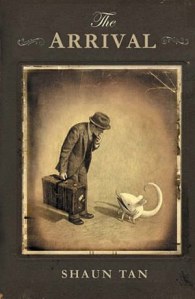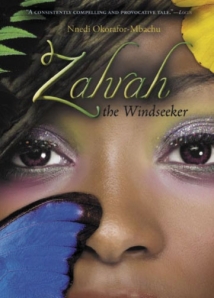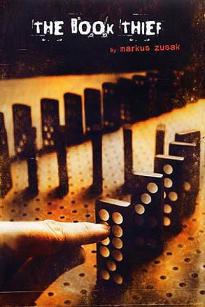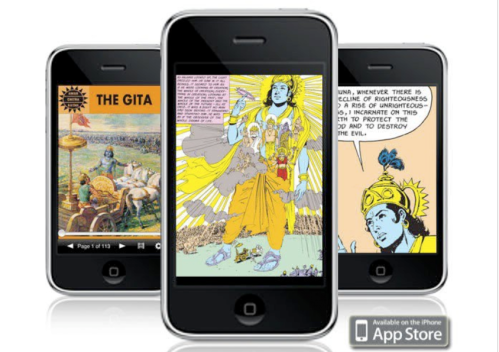For the topic of international young adult literature there are not very many subject guides, and the ones that do exist are not recent. Hazel Rochman’s excellent guide, Against Borders, only provides suggestions for titles up until 1993; Carl Tomlinson’s related Children’s Books from Other Countries (which includes young adults under the umbrella of ‘children’) was published in 1998; and finally, Susan Stan’s more recent The World through Children’s Books (which also includes young adults under ‘children’) stops at 2000.
A lot has changed since 2000 in young adult literature. Manga, and graphic novels now dominate our shelves, and fantasy and humor have experienced resurgence. Not only this, but globally things have changed too.
Given changes since 2000, what does international YA look like today?
To try and answer this question (on a small scale), I have updated the site with a list of 25 new and recent titles from 2000-Present. Some are award winning, some are popular, and some are hidden gems, but I think they are all worth considering as new and notable international YA reads to add to our bookshelves.
Titles come from all regions (Africa, Asia, Australia/NZ, Europe, Latin America, and Middle East), most are category #3 and #4 selections only (titles originally published abroad in translation or in English), and the list also reflects emerging trends in international YA with selected graphic titles – like Shaun Tan’s The Arrival (below) – alongside a broader range of subjects, like fantasy and humor, than might normally be found on many international booklists.
Each annotated entry includes:
- author
- country of origin
- country/region of story setting
- domestic publisher
- plot summary
- recommended age ranges for readers
- * lastly, if relevant, there is also a note on format – i.e. all graphic novels in this list are marked with a ‘GN’
_____________________________
 Arrival, The (GN)
Arrival, The (GN)
Tan, Shaun. (2007). New York: Arthur A. Levine Books. ISBN: 978-0439895293. 128 p. (12+). Country/Language of Original Publication: Australia; English. Setting: Australia/NZ (Australia)
Winner of numerous awards and accolades in Australian and internationally (including the New South Wales Premier’s Literary Award and the New York Times Best Illustrated Book 2007), this picture book describes the story of immigration told through the eyes of immigrants. There are no words in this work; instead amid the fantastical cityscapes that Tan creates through artfully rendered sepia tone drawings, there are unusual symbols that mirror the initial frustration and confusion upon immigration to a new place. The Arrival beautifully captures the loneliness, excitement, fear, and wonder of moving to a different place that is sure to resonate with any reader.
______________________________
Want to see more titles? Check out International YA Today: 25 New and Recent Titles….
…and for even more titles check out my Retrospective and Expanded International YA (organized by region and country) that goes beyond this list of 25 ‘International YA Today’ titles.
 So if international YA award lists can sometimes be lacking, what about international YA booklists? What kind of reading do they encourage?
So if international YA award lists can sometimes be lacking, what about international YA booklists? What kind of reading do they encourage? Then there is a title like Dominican-American author Julia Alvarez’s novel, How the Garcia Girls Lost Their Accents, which focuses on the identity struggles of four sisters originally from the Dominican Republic who move to New York City. This title is alternatively classified as ‘international’ (as on YALSA’s ‘international’ booklist, 2009) and ‘multicultural’ (as on the Plymouth District Library’s nominally multicultural
Then there is a title like Dominican-American author Julia Alvarez’s novel, How the Garcia Girls Lost Their Accents, which focuses on the identity struggles of four sisters originally from the Dominican Republic who move to New York City. This title is alternatively classified as ‘international’ (as on YALSA’s ‘international’ booklist, 2009) and ‘multicultural’ (as on the Plymouth District Library’s nominally multicultural  Named after Africa’s first Nobel Laureate, the
Named after Africa’s first Nobel Laureate, the 


 The Alex and Michael L. Printz Awards are awarded every year by YALSA to honor noteworthy children’s and young adult literature. The Alex and Printz Awards, however, do not specifically recognize international titles, but global YA titles have often appeared on these award lists – especially in recent years.
The Alex and Michael L. Printz Awards are awarded every year by YALSA to honor noteworthy children’s and young adult literature. The Alex and Printz Awards, however, do not specifically recognize international titles, but global YA titles have often appeared on these award lists – especially in recent years. The
The 





 The Australian ‘Sisters in Crime’
The Australian ‘Sisters in Crime’